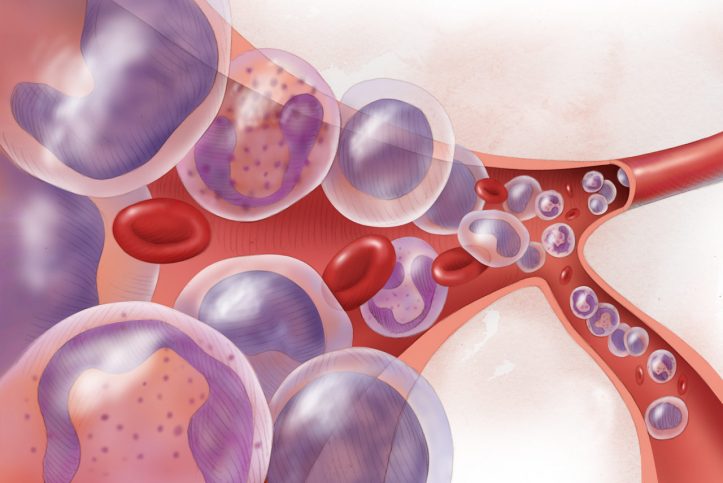What is Leukemia? Leukemia is a rare blood disease that affect the red blood cells (white blood cells) and it is extremely contagious. Leukemia is a blood disease where the white blood cells are attacked by cancer cells, and it usually takes ten years before the disease is diagnosed.
Leukemia is the most commonly occurring blood disease in children. There are three types of Leukemia: Langerhans cell leukemia, Myeloid leukemia, and PEGs (paediatric epithelioidosis).

Leukemia is caused by a virus called the Human Papilloma Virus or HPV. Leukemia is also commonly called as childhood leukemia and sickle cell leukemia. Leukemia is a group of diseases that usually occurs in childhood: it can start at birth, is most common in males, and the causes of Leukemia are unknown. Leukemia usually begins in the inner, soft tissue of the young bone marrow, but frequently moves quickly into the bloodstream within twelve months. When Leukemia is diagnosed, treatment usually involves combination chemotherapy, surgery, and radiation therapy. In rare cases, a patient may need to have bone marrow transplantation.
There is no permanent cure for leukemia, but treatments are available to help control the disease. These treatments attempt to kill the leukemia virus, improve the immune system, reduce the risk of infections, improve the quality of life, and reduce the number and severity of symptoms. These treatments have shown some promise in controlling new cases of Leukemia.
Symptoms of Leukemia include excessively early symptoms that often resemble those of common childhood illnesses such as headaches, fever, vomiting, and diarrhea. A doctor should be consulted if any of these symptoms occur more than two weeks after exposure to blood or lymph containing the virus. The doctor will perform blood tests and culture of cells to determine if the individual has indeed been exposed to contaminated blood or a contaminated bone marrow. Blood cells in the bone marrow are particularly difficult to destroy with standard laboratory techniques. Once a positive result is confirmed by a test, the doctor will then consider the extent of the damage done to the individual’s body and take further measures.
There are three types of Leukemia, acute lymphocytic leukemia, common type, and mixed types. The most common type is acute lymphocytic leukemia, or ASCL, which accounts for 90 percent of all cases. Common type Leukemia is the most common cause of death for adults, and accounts for about one-third of all childhood deaths.
Treatment for common type Leukemia can involve both drug therapy and radiation therapy. If the disease is severe enough, doctors may also recommend surgery. In recent years, doctors have begun to offer a combination treatment approach, which focuses on the use of drugs along with ongoing chemotherapy and radiation therapy.
Although the cause of Leukemia is unknown, doctors have identified several common types. Those are: acute lymphocytic leukemia, which account for 90 percent of all cases; chronic lymphocytic leukemia, which affects about one-third of all cases; and mixed type, which are a combination of the previous two. Regardless of the type of leukemia a person has, there is a good chance that medical assistance is possible, and early diagnosis is critical to prolonging a life and healing the body.
Unfortunately, there is no cure for Leukemia, but there are ways to treat the symptoms. Children with this disease are usually treated in the early stages with medication to suppress their immune system, so that they do not become sick as often. As the disease progresses, however, doctors will most likely recommend the use of powerful drugs to kill the remaining cells and prevent further attacks. Medications may also be used to reduce swelling of the lymph nodes.